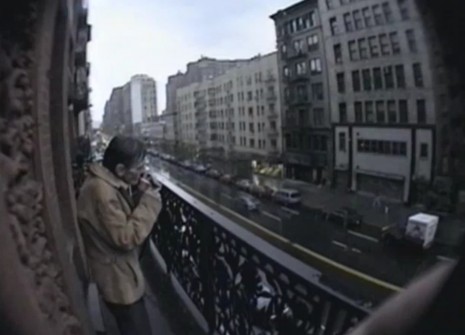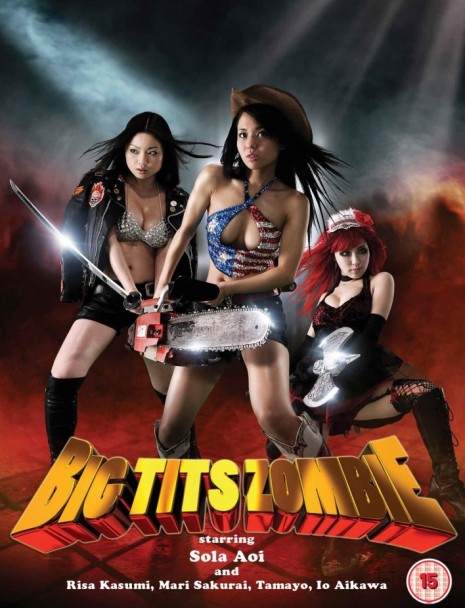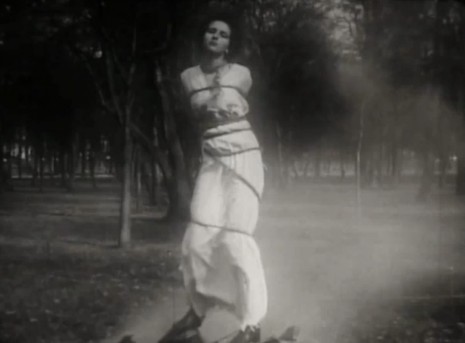
Of his latest film, Detective City Angel, director Alessandro Cima says:
‘I think if you show this film to one thousand people, two will finish it. One of those will hate it. The other one won’t understand a damn bit of it. It’s too long and most people just won’t put up with it.’
A harsh and unfair summation from such a talented and original film-maker.
I like Alessandro Cima’s work, for it demands the full attention and response of its audience - it’s not enough to watch, Cima wants you to think about what you’re watching and question it. Dangerous film-making in these days of empty CGI spectacle and the worn words of scripts edited by focus group.
Films should be dangerous, and as Orson Welles once said:
‘A film is never really good unless the camera is an eye in the head of a poet.’
Which is a fair description of Cima’s vision.
Even so, he’s correct. Detective City Angel will not be to everyone’s taste - why should it? It’s a dream film that crosses genres, and plays with identity and authorship. it also hints at Goddard, Anger, Polanski, and Jarman, but is very much Cima’s film, in his own distinct style. Alessandro explained some of the ideas behind Detective City Angel to Dangerous Minds:
‘It’s a dream noir about Los Angeles and the unconscious creative mind which has several parts in conflict at all times. That conflict is deadly and life-affirming at the same time. The detective is perhaps an imaginary threat of failure, inertia or the eventual exposure of an artist’s feelings of fraudulence. The city is both muse and death dealer. Its outward mask presents sexuality and beauty which conceal a vicious survival of the fittest. The angel is seemingly innocent and always threatened with extinction. Its creative spirit is neurotic but ultimately pure. I try to balance all of these and keep them in some sort of pleasurable conflict.’
What was your intention in making it?
‘To make something totally mystifying. I wanted to mix genres in several ways. To mix the fundamental viewpoint of noir with documentary, abstract film, and narrative film, without any concern for reproducing the look and technique of noir. To make abstraction that collapses into a narrative, which sort of has the effect of making the viewer forget having seen the abstract part. I’m not sure if that works. It’s sort of like having a dream and not remembering what it was later in the day. I see no reason why experimental film should not mix freely with narrative film. In addition, I wanted to use the tendency toward secret identities in the world of street art and pull that into the crime genre. I think it’s a perfect fit and presents enormous possibilities for crime films.’
What drew you to the subject?
‘I’ve been somewhat involved with the art world and felt that the concealing of identity was in itself an interesting artwork. I was also intrigued by the surprisingly deep and wonderful history of Los Angeles. Noir and the crime film are the best available forms for representing L.A.
‘I make films in a rather dream-like state. I allow my thoughts to wander and actually spend time following false leads. I tend to operate in a general mode of playing with identity. No one is ever who they seem to be or think they are. The layering of image, sound and meaning demands that a viewer watch with extremely focused attention - a demand which is nearly impossible for a web viewer to fulfill. The film is a secret revealing itself very gradually and with many false impressions. It incorporates images that are both invented and real but it doesn’t want you to know which is which. Layering unrelated things, if done with seriousness, creates new meanings and propels a film in a direction that is not entirely under the director’s control. If something happens with layered images on any given day that suggests a new course for the film, then I take the new course. I use a few black & white found footage clips in this one to punch up certain noir/crime aspects.’
Previously on Dangerous Minds
Alessandro Cima’s ‘Glass Boulevard’















